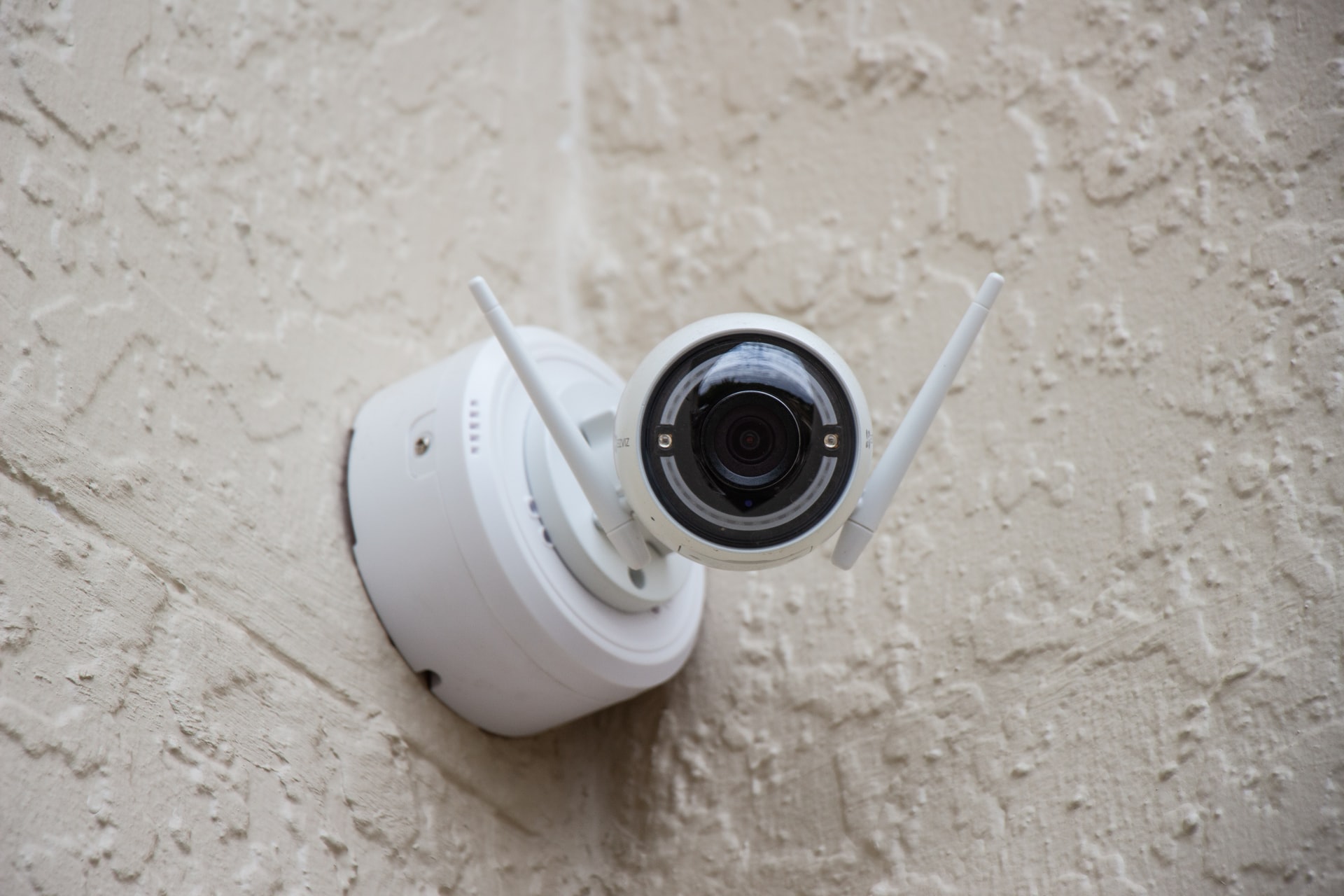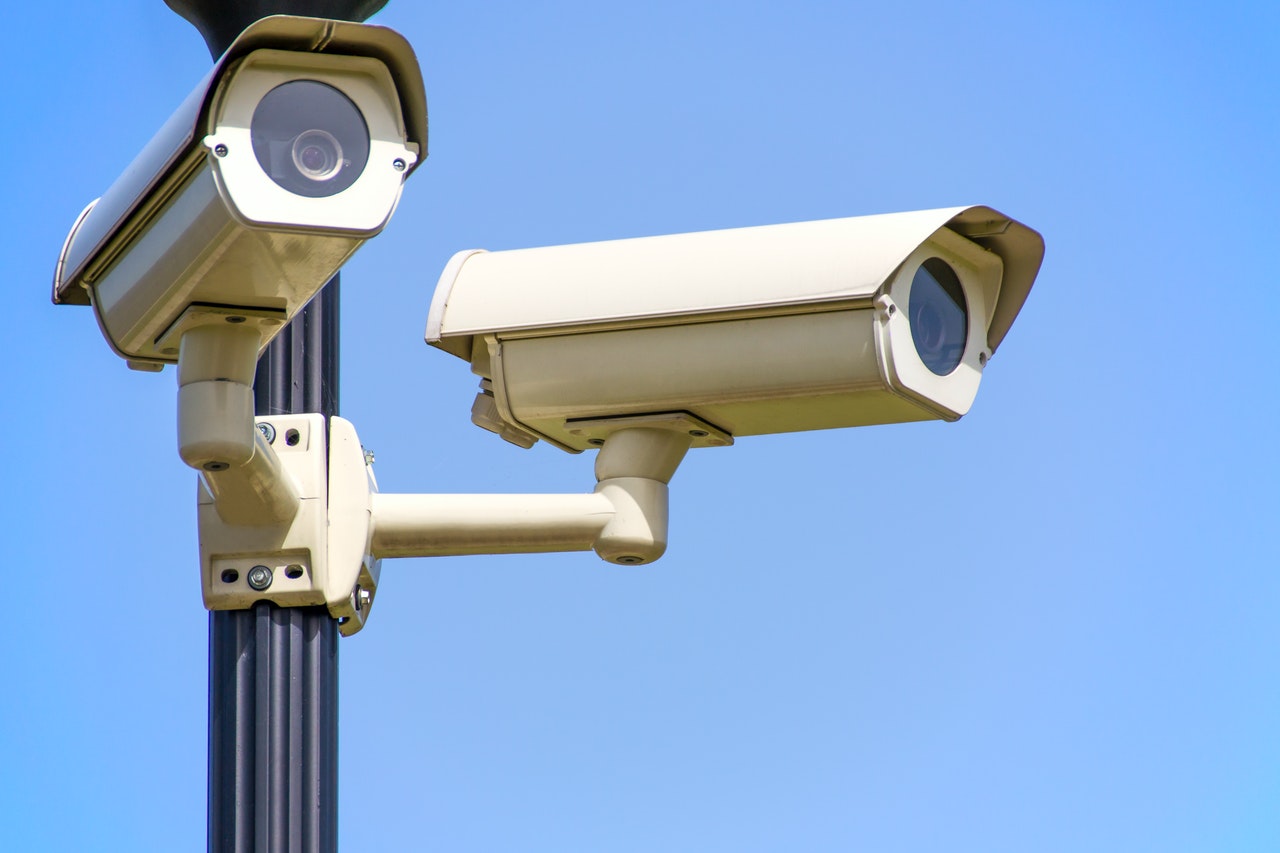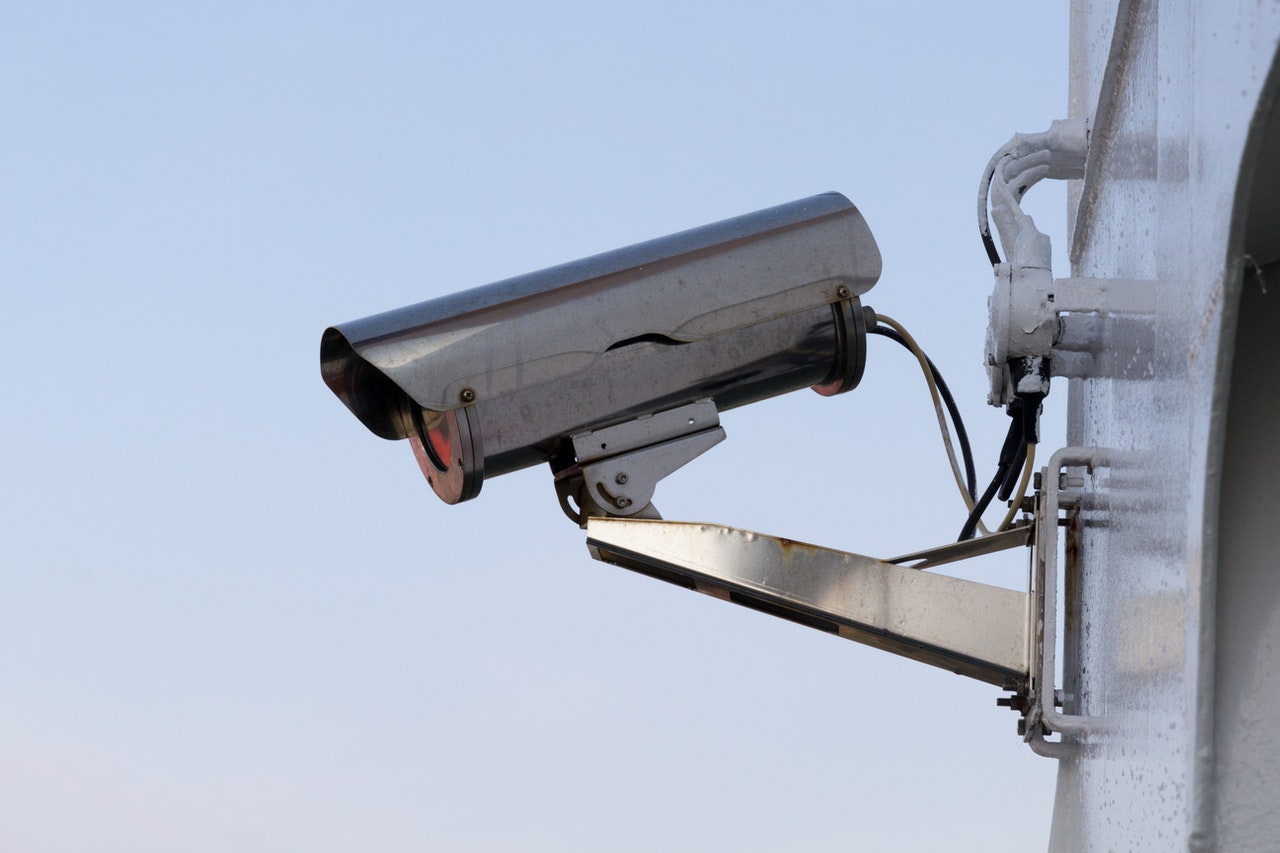Campuses Have Used IoT Projects to Promote Convenience, Security, and Comfort for Students

Is your campus taking advantage of the Internet of Things (IoT) – that is, the connection of a potentially endless array of everyday devices, like phones, watches, cars, and buildings, via the web? If not, you might be seeing the impact in your admission figures sooner than you realize.
Smart institutions (pun intended) capture potential students’ interest in IoT projects that position them as both innovative and concerned about student welfare.
If choosing between institutions with comparable academic offerings, the decision could very well hinge on the institution that uses technology to make your stay more convenient, safe, and comfortable.
Comfort and Convenience
Nothing has brought home the convenience of technology as the 2020 global pandemic has. Virtually overnight, students attended classes and submitted assignments via their smartphones and tablets.
Institutions with campus-wide Learning Management Systems (LMS) like Pedagogue were at the forefront of replicating the full campus experience. For more examples of how the IoT is impacting education, read Matthew Lynch’s list of “9 Examples of the Internet of Things in Education”.
Of less educational value but scoring way higher on the coolness factor are some of the IoT projects that made pre-pandemic physical life on campus so much easier. We are talking about Arizona State University’s IoT application that provides students and visitors with color-coded parking availability maps. The information is provided by parking lot entry and occupancy data via mobile and web apps.
How about an app that told you when the washers in the student laundry were free or when your laboratory freezers started defrosting? You’d have access to these as a student of the College of the Holy Cross, Worcester, Massachusetts. At Carnegie Mellon University, you could use the Snap2It app to connect campus printers and projectors just by taking smartphone photos of them.
Security
Campus security remains a hot topic, with even the best schools reporting unacceptably high incidences of crimes, but campus security has to do with more than just criminal activities. It must deal with fires, natural disasters, motor vehicle and other accidents, and health issues, such as what we’re experiencing now in the Covid-19 pandemic.
To address students, parents, and staff concerns, higher education institutions have been promoting their use of solutions, such as geofencing for emergency communication. Other IoT applications also provide real-time alerts from data collected by facial recognition technology at entrances, smart locks, motion sensors, badge readers, and even gunshot detection applications.
IoT threat tracker software can monitor students’ social media posts for potential threats, ranging from suicide and other mental health issues to shootings and terrorist activity. Privacy threats aside, early warning systems like this can help prevent headline catastrophes that can seriously impact admission figures.
Concluding Thoughts
You can be assured that the IoT is already present on your campus – it’s a given with the flood of devices that accompany today’s students. The real question is, can you leverage it properly?






